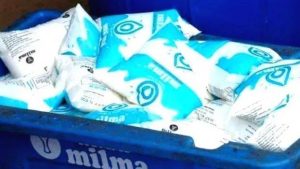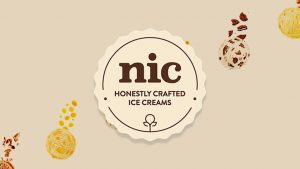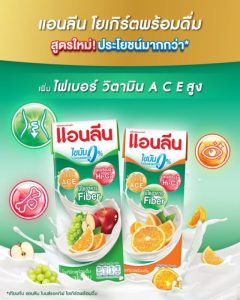
Nestle India in its board meeting scheduled today (July 8) announced an interim dividend of Rs 2.75 apiece for the financial year 2024-25.
“This is to inform you that the Board of Directors at its meeting today declared an Interim Dividend of Rs. 2.75/- (Rupees two and paisa seventy-five only) per equity share of face value of Re. 1/- (Rupee one only) each for the financial year 2024-25 on the entire issued, subscribed and paid-up share capital of the company,” said the company in its filing.
This interim dividend will be paid to eligible shareholders on and from August 6, 2024 together with the final dividend for the fifteen months FY ended March 31, 2024, subject to approval by the members of the company at the 65th AGM scheduled today.
Earlier the FMCG major announced the final dividend of Rs 8.5 per share for the FY 2023-24 ended March 31, 2024.
The record date for determining the shareholders’ eligibility for the aforesaid dividend is July 16, 2024.
For the year ending March 2024, the company announced an equity dividend of 3220 per cent amounting to Rs 32.2 per share. At the current share price of Rs 2598.30, this amounts to a dividend yield of 1.24 per cent.
Shares of Nestle India have zoomed nearly 14 per cent in the past one year, with its 52-week low and high prices at Rs 2,145 and Rs 2,769.3 per share, respectively.
You can now read the most important #news on #eDairyNews #Whatsapp channels!!!
🇮🇳 eDairy News ÍNDIA: https://whatsapp.com/channel/0029VaPidCcGpLHImBQk6x1F
















